What Can Parents Do About Teething?
- Dr. Ryan R. Smith

- May 5, 2022
- 2 min read

As a parent, you’re no stranger to your kids getting sick. You’ve probably had to deal with a runny nose, fever, and diarrhea from time to time. But what about a sore mouth?
Teething Symptoms
When teething begins around six months of age, babies may start showing symptoms like excessive drooling, reduced willingness to breastfeed, rejecting food they used to like and general irritability. They might start biting or chewing on everything they can reach or avoid it as much as they can. (Note that fever, runny nose and diarrhea are not teething symptoms but could indicate a virus.)
Helping Soothe the Discomfort
So what can you do? First off, remember that this is all normal—and temporary! Babies have been teething since long before we were born and will continue teething until their first permanent molars come in at around age 6 years old. In the meantime, there are some things you can do to make it easier on your little one (and yourself).
When your baby is teething, you know it's time to get creative.
Teething toys can help soothe the discomfort of cutting teeth, but some toys are better than others. Avoid toys that are made of PVC, BPA, or phthalates—these chemicals could be harmful if ingested. If a toy is full of gel, make sure it’s sturdy enough that a child won’t be able to reach the gooey center. Toys that can be chilled in the fridge and have clips to fasten to clothing are a good idea.
Continuing breastfeeding can also reduce teething pain because breast milk contains natural analgesics that help with inflammation and pain relief in babies.
The content on this blog is not intended to be a substitute for professional medical advice, diagnosis, or treatment. Always seek the advice of qualified health providers with questions you may have regarding medical conditions.











コメント